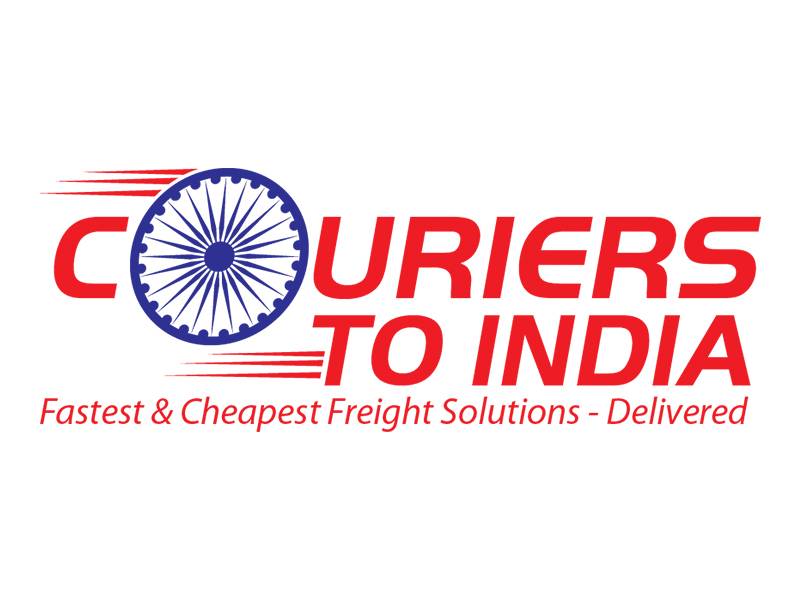Are you planning on sending packages from Australia to India? Not quite sure how the entire thing is going to be done? Well, it is important for you to understand the customs regulations to ensure a smooth and hassle-free shipping process. Here we will provide you a comprehensive guide on how you can navigate the process effectively.
Customs Procedures:
Here are the key steps involved in the customs process:
a. Documentation: You need to have the following documents for verification of identity:
- Original Passport
- Copy of Adhaar Card
- Copy of Ticket (for excess baggage)
- Copy of Boarding Pass (for excess baggage)
- Copy of PAN Card
- Authorisation Letter
- Content List
b. Customs Declaration: Complete our inhouse form to correctly declare the customs declaration form accurately by providing detailed information about the package contents, their value, and the reason for export. The more information you provide in this document, the easier is the customs clearance. We may withhold your shipment should this information be incomplete or inaccurate. As always, please ensure you review our Prohibited & Restricted Items List to ensure your shipment is compliant.
c. Customs Clearance: Once the shipment arrives into India, our team will assist in submitting the required documents to the customs authorities at the port of entry in India. The customs officers may examine the package and verify the information provided. In most cases, it is a ‘straight through’ clearance should the declaration match the contents packed in the shipment. If there is any anomaly detected by Customs, they will hold the package for physical inspection at the port of clearance. In some cases, your shipment may receive a pre-clearance which then makes the clearance process easy and hassle free.
It takes around 10-12 days for the customs clearance process to be completed. You may also have to pay a customs clearance fee over and above the cost of freight. In some cases, customs duties and taxes may also be applicable.
d. Payment of Duties and Taxes: Upon customs clearance, the recipient in India will be responsible for paying the applicable customs duties, taxes, and handling fees. Your duty will depend on the following factors:
- Declared Value
- Replacement Value
- Actual Value
If you have declared the value of the items correctly, customs will accept the declared value and subject your shipment to the duties and taxes prevailing for that particular item/s. You may provide invoices in such instances. It is noteworthy that an item bought in a sale or on special occasions such as boxing day, black Friday etc do not qualify for reduced duties and taxes. The MRP is the actual value used by customs in most instances. Getting your friend to write up an invoice on their company letterhead does not make the shipment price legit. Please refrain from such bogus activities that adds to the clearance time and effort to clear the shipment. Buying second hand goods or sending used items do not quality for reduced duties and taxes. Since the shipment is new for the receiver, the receiver must pay duties and taxes.
Measuring The Package Weight:
In order to calculate the weight, you can make use of the given formula:
(Length x Width x Height in CM) / 5000 = Cubic Weight in KG or
(Length x Width x Height in Inches) / 139 = Cubic Weight in Pounds
Packaging Guide:
Make sure that all your items are properly packed. You can make use of hard cardboard boxes or bubble wraps for packing your items. This will ensure that the items remain completely safe. You can also review our detailed packing guide section for more information.
Prohibited and Restricted Items:
To ensure smooth transit and compliance with Indian import regulations, it is vital to be aware of prohibited and restricted items when sending packages from Australia to India. Some common prohibited items include:
- Batteries
- Flammables
- Jewellery of any type
- Watches – Analog and/or Digital
- Food Items
- Health Supplements
- Medicines and Tonics
- Human or animal remains or ashes
- Illegal goods (contraband)
- Firearms
- Aerosol cans/sprays
- Dry ice
- Engines, generators, and gear boxes
- Fire extinguishers
- Life jackets
There are various other items that are included in the list of prohibited items. It is important you see the exhaustive list on our website.
Conclusion: When sending packages from Australia to India, a comprehensive understanding of customs protocol and duties regulations is crucial. By following the proper customs procedures, accurately calculating duties, and adhering to the restrictions, you can ensure a smooth and successful courier process.











